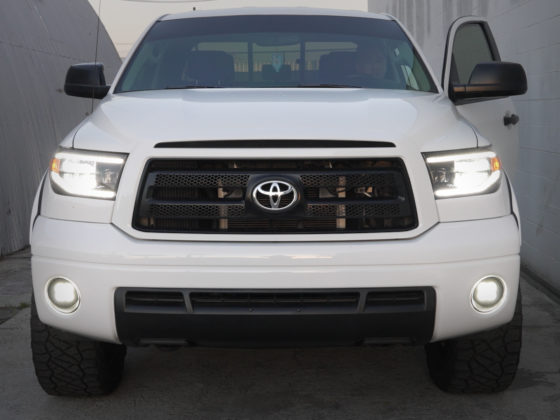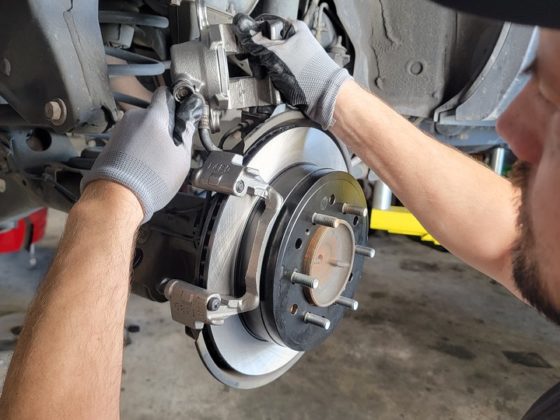
Making inexpensive standalones available has always been a strategy for luring new rusEFI users, and people only seeking an inexpensive ECU to run their car are still welcome. However, end-users should expect (at a bare minimum) to be able to do basic wiring and electrical troubleshooting along with some tuning before “driving off into the sunset.” There is no free lunch here, just inexpensive open-source solutions.
Even though rusEFI firmware changes quickly as a result of active development, most of these changes do not affect how to tune the ECU. The same techniques, procedures, and software will still be used for tuning different firmware and features. While it is helpful to keep an eye on what is happening with rusEFI development, it isn’t strictly necessary to use it to run an engine. More good news is that there is a very good chance you’re already familiar with the tuning software rusEFI uses: TunerStudio is the tool for the majority of tuning tasks. TunerStudio is also the same software that has been used by other commercial ECUs for years. After getting Tuner Studio installed, the next step to getting a rusEFI ECU up and running is to download the latest rusEFI bundle for your setup.
This bundle will include firmware for ECU hardware, drivers to allow your PC to communicate with ECU hardware, and the rusEFI console. The rusEFI console is used to load drivers on your PC to communicate with the ECU and also to update firmware on the ECU, if necessary. Once drivers and firmware have been installed correctly, a rusEFI ECU connected via USB should show a disk drive containing the ini file necessary for Tuner Studio to correctly display and adjust available parameters. Always using the ini present on the ECU’s “disk drive” ensures that TunerStudio and rusEFI stay on the same page. Similar to other platforms which use Tuner Studio, tuning parameters can be adjusted instantly at the same time as live sensor data from the engine is displayed.

rusEFI is already a capable platform for making engines run, with over sixty documented engines running on rusEFI ECUs (before the project stopped trying to keep track of everyone!). Many more cars happily zip along on Hellen ECUs. rusEFI is an active project with routine improvements driven by user feedback but is also already mature enough to run real engines. If you have an interest in tuning or engine management, it presents a truly unique opportunity to get your hands dirty and make modifications to your car in a way that is rarely possible.
Quick overview of some rusEFI hardware:

Proteus was developed by Matthew K. for his LS Swapped Volvo 240 Wagon. Since the ECU was located in the engine bay, a durable enclosure was needed. It has the most extensive feature list as it’s designed for the widest range of applications.
Features:
- 2x VR crank/cam/vehicle speed inputs
- 6x hall cam/crank or digital input
- Full operation from 6-24v supply
- Dual 5v sensor supplies, 150mA each, fully protected
- Dual protected 12v external sensor supply
- 16x 4A low-side drivers
- 12x 5v ignition (or general purpose) outputs
- Dual H-bridges for electronic throttle (also supports stepper idle valve!)
- 4x 12v 3A high-side outputs
- 12x Analog voltage inputs
- 4x Analog temperature inputs
- 180 MHz ARM Cortex-M7
- TE Connectivity AMPSEAL connectors
- Internal data-logging




1 comment
I drove for Andrey from 2016 until 2018. We campaign the number 101 Miata in Lemons here in the Northeast. It was always a blast and the car just got better and better. One of the biggest upgrades of the time was getting the old 1.6 out and putting in a 1.8 VVT engine into the car. It drastically changed the dynamic of that Miata and the ECU performed almost flawlessly besides a hiccup during cold starts.?
It was really great to be apart of the research for Andrey and had a fun time wheeling for him. From day one I firmly believed in what he is trying to accomplish and we are in the current situation of getting our Miata running on a newer version of RUSEFI now. Keep it up Andrey the racing community really needs this!
The Miata is not the only RUSEFI car I have campaigned in. I was invited to run John Ceci’s Fore Escort that is powered by RUSEFI twice last year and we ended up taking a first place home at the Thompson Bracket GP here in Connecticut last summer. Goes to show that this ECU is extremely capable compared to all the options on the market.